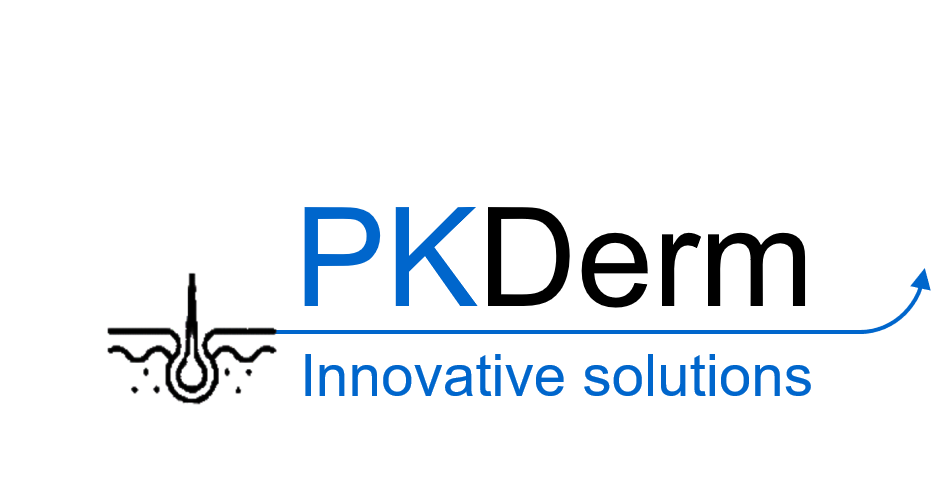VitroFluid — Lung/liver-on-a-chip for systemic toxicity studies
In vitro models have limitations in mimicking the processes occuring in the human body. During drug development, their inability to mimic complex physiological processes contributes significantly to drug development failure. The combination of 3D in vitro models with an engineered microenvironment has been recently developed. These systems, known as “organs-on-chips,” have the potential to make drug development processes more effective.
Recently, Philip Morris International has created a lung–liver-on-a-chip platform to better assess the toxicity of aerosols. The system is composed of a chip plate with 3 circuits, each composed of 2 connected wells. Each circuit is connected to a pump, ensuring medium circulation. In this study, we tested the performance of air–liquid interface bronchial epithelial cultures and HepaRG liver spheroids that were maintained together in the platform for 28 days. Transepithelial electrical resistance (TEER) and cilia beating frequency of the bronchial cultures were stable throughout the study. The liver spheroids secreted albumin and maintained their metabolic capacity over the study period. We further tested the role of the liver spheroids in modulating the toxicity effects of a known pulmonary toxicant, aflatoxin B1. The results revealed that bronchial cultures exposed to aflatoxin B1 in the absence of liver spheroids showed a severe decrease in TEER values and adenosine triphosphate content. Conversely, in the presence of liver spheroids, the bronchial cultures were unaffected by the compound. Furthermore, we tested whether air–liquid interface bronchial cultures could be developed faster and more optimally using this platform. For this experiment, bronchial cultures were transferred immediately after air-lift and exposed to continuous medium flow for 4 weeks. The cultures were evaluated every week for morphology and functionality. We found that constant medium recirculation improved the homogeneity, pseudostratification, ciliation, and cell polarization of the cultures relative to cultures matured in standard plates. Collectively, the results demonstrated the versatility of this chip platform and its potential for toxicological evaluation.


